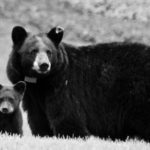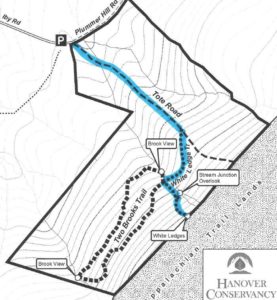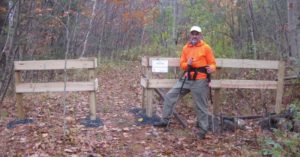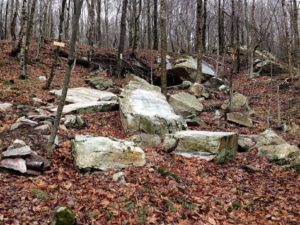Hike on our newest trail at the Britton Forest on Moose Mountain. Built in 2020 by the Upper Valley Trails Alliance’s High School Trail Corps and volunteers from Hypertherm, the ~ 1 mile trail explores a gentle to moderately challenging route through the forest. We’ll look for wildlife signs in the winter woods. Snowshoes or micro-spikes are recommended, depending on conditions; gear is available to borrow.
Level: Easy (one brief moderate slope)
Leader: Adair Mulligan
Group size is limited to 9 participants + 1 leader; pre-registration here is required. Note that we maintain a small waitlist for pre-scheduled events (not for our pop-up trips). If your plans change, please let us know! You will be contacted before each trip to confirm your spot, so that we may offer room to someone else if available.








